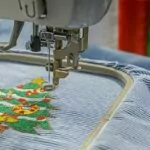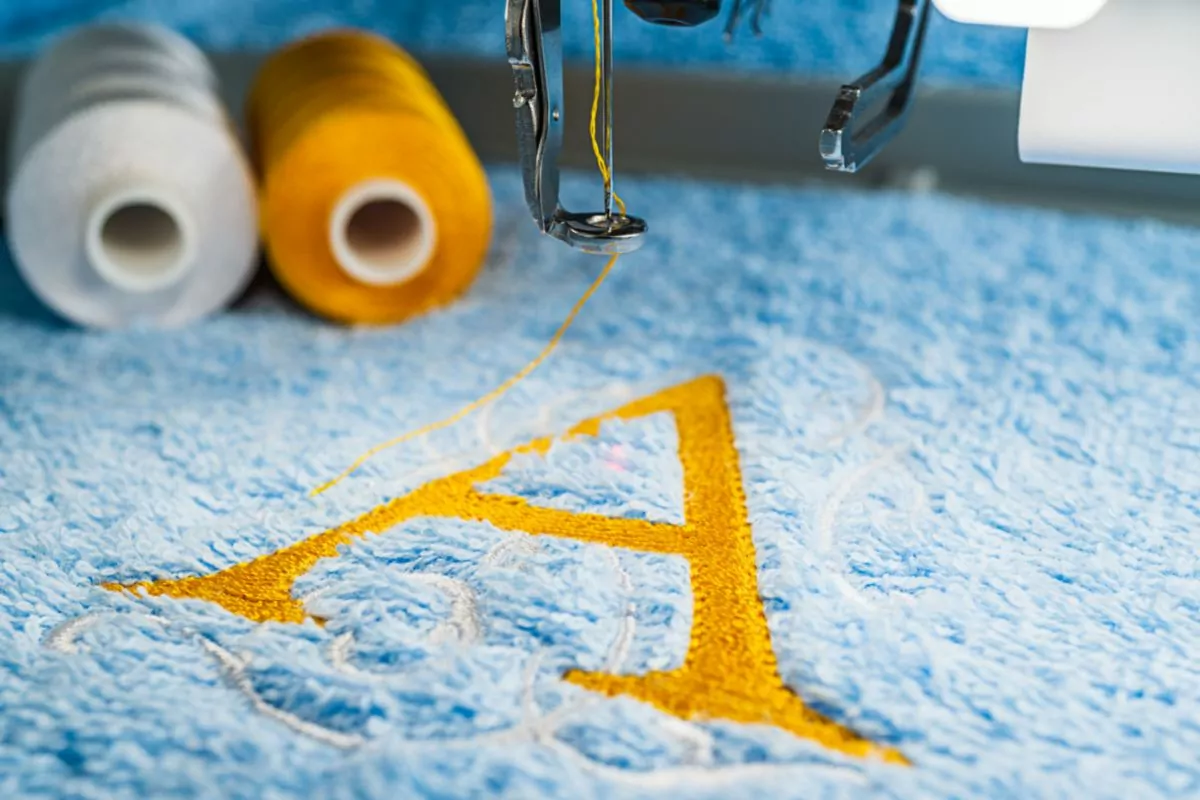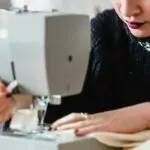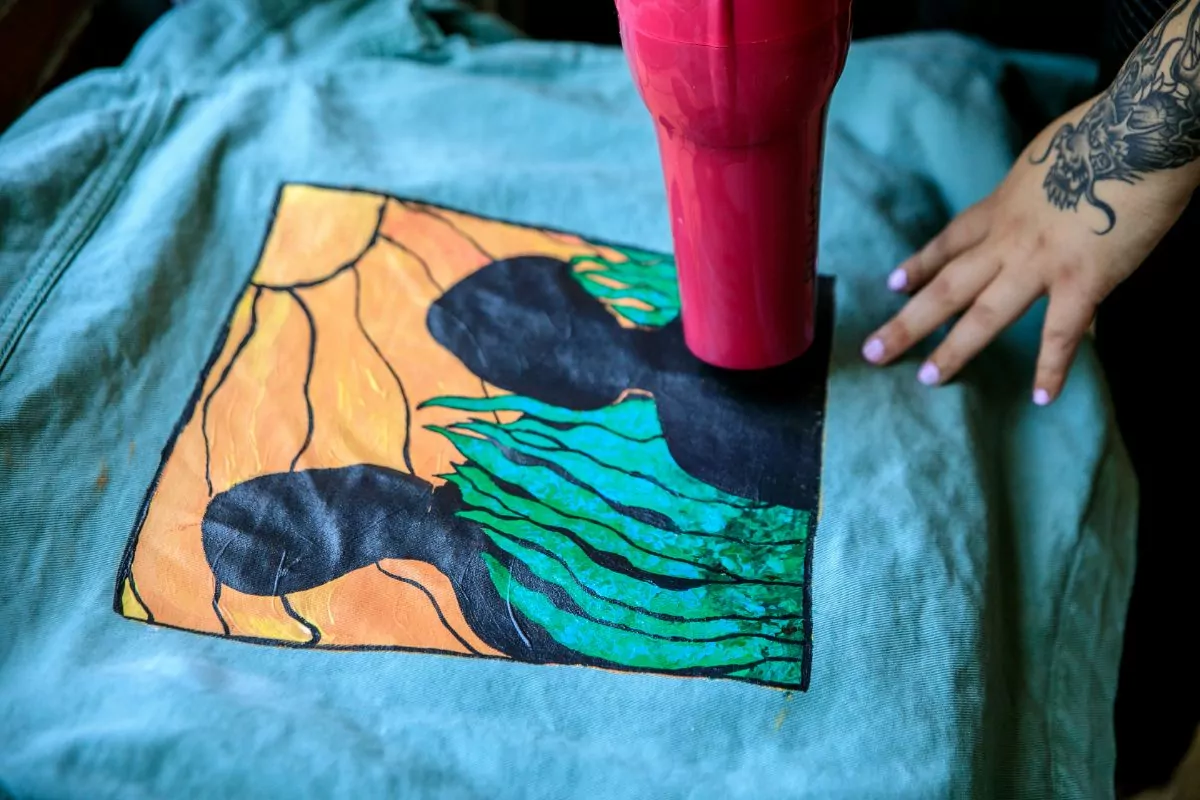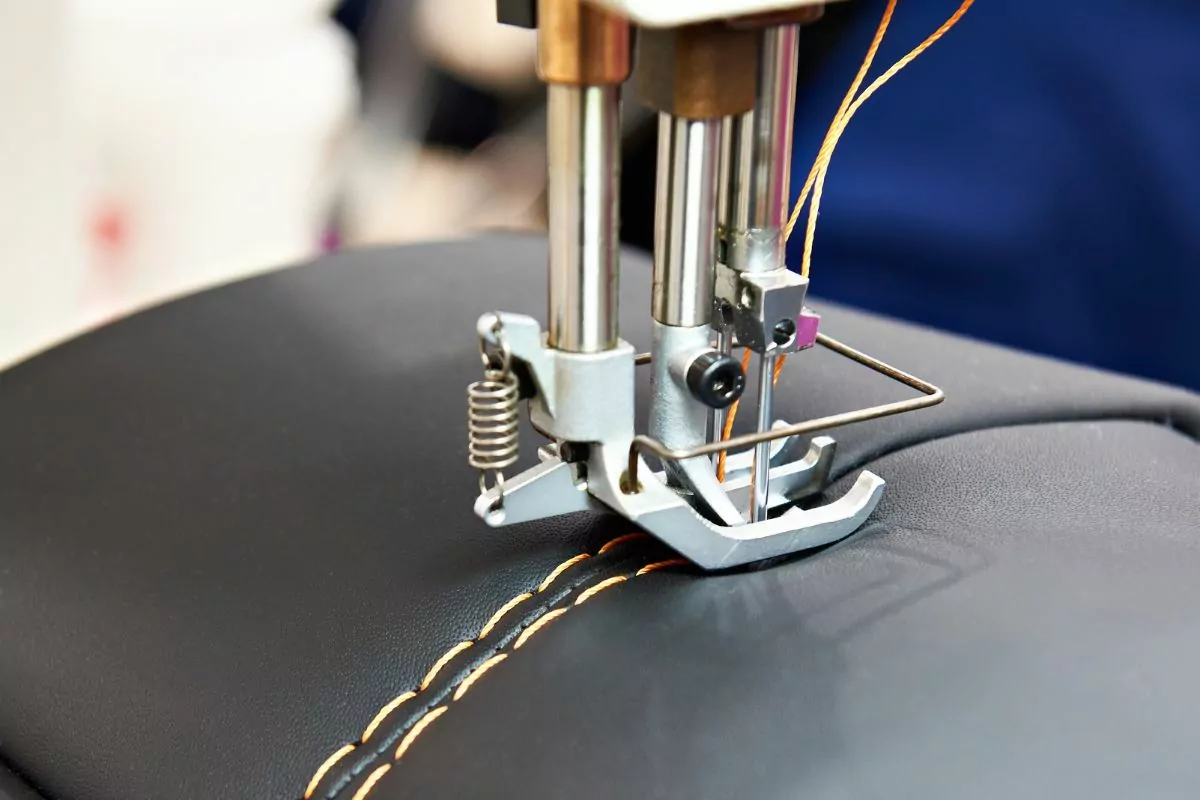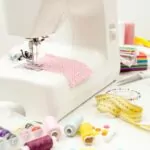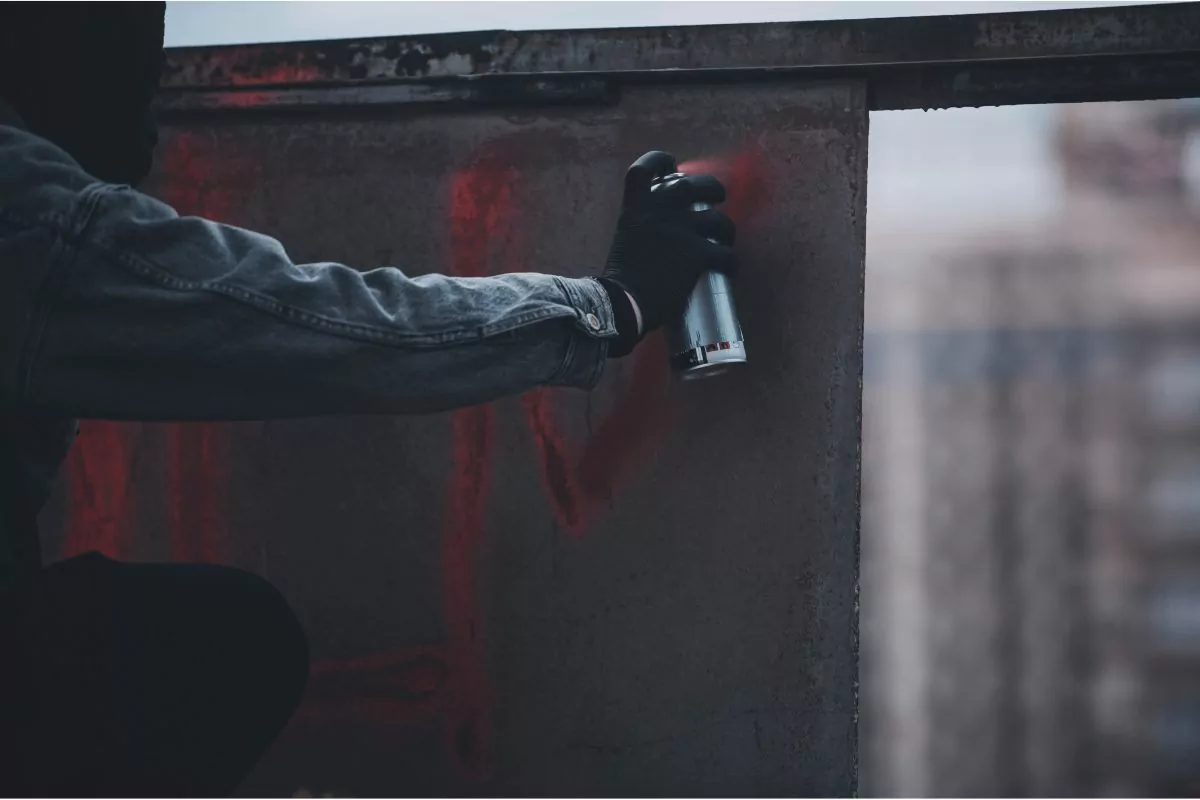Patches come and go when it comes to fashion, but we can all certainly agree that they are helpful at hiding tears and rips in clothing.
However, if you only have sew-on patches, you might wonder if you can sew on an iron-on patch. This is because sewing makes the patch extra secure, and only some fabrics can be ironed.
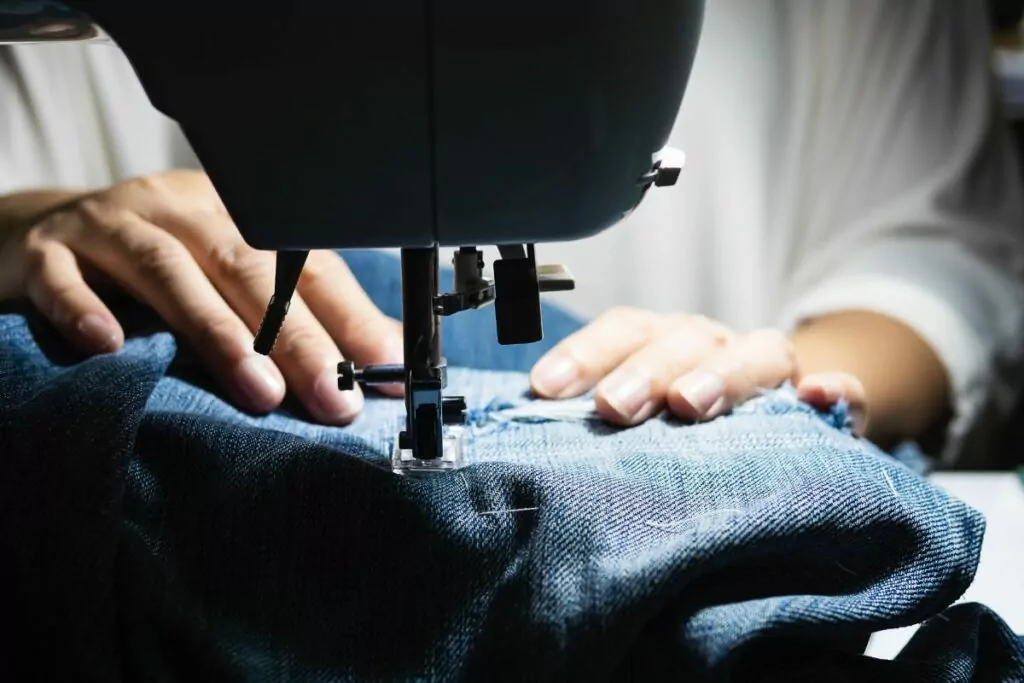
Fortunately, you can sew an iron-on patch onto your clothing. To do so, there are a few tips and tricks you need to learn first in order to sew the iron-on patch successfully.
Find out how you can sew an iron-on patch to your clothing by reading more of this article.
Is It Better To Sew An Iron-On Patch?
An iron-on patch will affix to your clothing just fine. However, the difference between iron-on and sew-on patches, is that the former will only last so long.
It will stay glued onto your garment for a good amount of time, but generally, this will only be temporary.
If you are wanting to make the patch more permanent, then it is always best to sew it on.
While patches can still come loose, it is likely that they will begin to become loose at the thread, rather than fall off altogether in one go.
This can happen with iron-on patches by washing the garment. It might even just begin to peel away from the fabric.
Sewing the patch on will help to strengthen the patch to the garment so it does not fall away after a few washes.
What Challenges Might You Face Sewing On An Iron-On Patch?
Sewing an iron-on patch onto your garment generally should not be a difficult task. This is both whether you are using a sewing machine or choosing to go the hand-sew route.
However, there are a few tricky things to overcome, but even so, you do not need to be skilled in sewing to accomplish this task.
One of the first things to think about is choosing the right color thread.
You can match the color of the patch if it has a particular color on its border, or you can try and make it invisible.
These both help if you are not confident when it comes to your sewing skills.
You may also struggle to get the needle through the tough glue on the back of the iron-on patch. Instead of removing it (which could prove difficult), leave it on and sew through it.
To do so, consider using a wedge needle instead of the regular sewing needle. You may find that it goes through the glue better – and without the fear of the needle breaking!
What Fabric Can You Not Iron A Patch On To?
The reason it is sometimes best to sew on an iron-on patch is that not every fabric should be ironed. You can actually ruin fabric by applying a hot item to it.
For example, both nylon and leather should not be ironed. Both shouldn’t require ironing in your daily life anyway, as they tend to be wrinkle-free.
So, avoid getting the iron out if you are planning to add a patch to these types of fabric.
The best route to go is to sew the patch onto the fabric. However, you may find that leather is quite tough and nylon moves around a lot.
Because of this, be patient!
How To Sew On An Iron-On Patch?
Sewing on an iron-on patch is very similar to sewing a regular patch.
However, you may want to consider which needle you plan to use. This is due to the tough glue, so choose something that can penetrate through it.
Firstly, decide where you want to apply the patch. Once you have found the perfect spot, secure it with sewing pins.
Another option is to iron it onto the garment. While this will not be suitable for something like leather or nylon, it is a great way to secure it without pins.
It also means that if you plan to put the clothing through the dryer the glue will not melt.
However, if you do not plan to put your clothing in the dryer, then you can just use regular pins to attach it to the garment before sewing.
Now you can choose the thread you would like to use. Make sure it is either similar in color or invisible if you are not very confident when it comes to your sewing skills.
When it comes to hand-stitching the patch, then you will only need to choose one color of thread.
However, if you are using a sewing machine, then you will need to use two. You can also choose two threads that are the exact same color too.
The last thing to figure out is the stitch style you plan to use to secure the patch onto the garment.
If you are hand-stitching, then a back stitch will provide security. If you are choosing the sewing machine route, then a zigzag stitch will work great.
How Do Iron-On And Sew-On Patches Compare?
A sew-on patch is a lot more durable and will last longer. It can also be put on to most – if not all – fabrics. However, you only have the choice of sewing it on which might feel restrictive.
On the other hand, an iron-on patch can suffer from heat. This could be from the dryer, a hot room, the sun, and so on.
The glue may melt and the patch will become loose.
The sew-on patch will only be as secure as the strength of the stitches. For this reason, it will stay on your clothing for a much longer time.
However, an iron-on patch requires no sewing skills and is convenient for many people.
Final Thoughts
Yes, you can sew an iron-on patch to your clothing. This means that if you find an iron-on patch you like the look of, you can still use it by sewing it onto your clothing.
- How To Sew Fabrics Together - June 5, 2023
- How Many Stitches Per Inch? - June 5, 2023
- How Long Does It Take To Sew A Dress? - June 5, 2023


